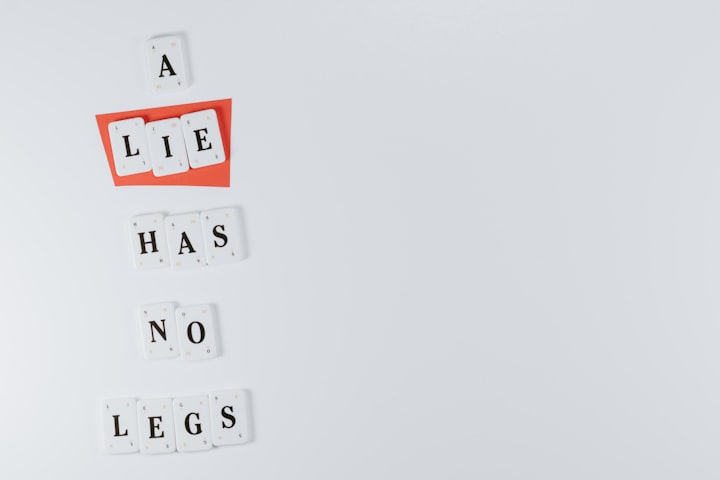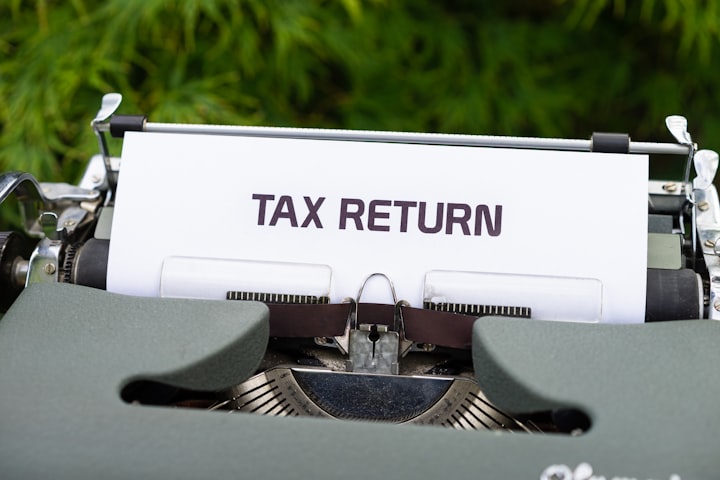Understanding Spot Loans: What You Need to Know
Spot loans offer quick cash using an asset as collateral. Ideal for urgent expenses like home renovations or medical bills, these loans are more accessible, especially for those with poor credit. However, high interest rates and potential loss of collateral if you default must be considered.

When you are in need of a financial boost, a spot loan may be an option worth considering. But before you jump in, it's essential to understand the basics of spot loans, what they offer, and what potential downsides you need to consider.
What are Spot Loans?
Simply put, a spot loan is a type of loan that allows you to borrow money against a particular asset or collateral. In contrast to traditional loans, where the lender considers your creditworthiness and financial history, a spot loan puts the emphasis on the value of the collateral security you provide.
Rather Watch A Quick Video About This Article?
Definition and Purpose
Spot loans are typically used for purchases that require immediate cash, such as home renovations, medical bills, or car repairs. Unlike secured loans where the loan amount is determined by the collateral value, spot loans allow you to borrow a specific amount of money, which is secured by a specific asset. This means that you can get the funds you need quickly, without having to go through a lengthy application process or wait for approval.
One of the key benefits of spot loans is that they are often more accessible than traditional loans. This is because lenders are more willing to provide loans to individuals with poor credit histories or limited financial resources, as long as they have valuable collateral to offer. This can be particularly helpful for people who have been turned down for loans in the past, or who are struggling to make ends meet.
Common Types of Spot Loans
The most common types of spot loans are home equity loans, vehicle title loans, and pawnshop loans.
Home equity loans are a type of spot loan that allows you to borrow against the equity in your home. This can be a good option if you need a large amount of money for a major home renovation or other expense. However, it's important to remember that if you fail to make your loan payments, you could risk losing your home.
Vehicle title loans are another type of spot loan that allows you to borrow against the value of your car. These loans are often used by people who need quick cash for car repairs, medical bills, or other unexpected expenses. However, it's important to be aware that these loans can come with high interest rates and fees, and if you fail to make your payments, you could risk losing your car.
Pawnshop loans are a type of spot loan that allows you to borrow against the value of your personal possessions, such as jewelry, electronics, or musical instruments. These loans are often used by people who need quick cash but don't have valuable assets like a home or car. However, it's important to remember that if you fail to repay the loan, you could lose your possessions.
Overall, spot loans can be a good option for people who need quick cash and have valuable collateral to offer. However, it's important to be aware of the risks involved, such as high interest rates, fees, and the potential loss of your collateral if you fail to make your loan payments.
How Spot Loans Work
Spot loans are a type of loan that is secured by a specific asset or collateral. These loans are typically used for short-term financing needs, such as unexpected expenses or emergencies. The application process for spot loans is typically straightforward and requires you to provide your identification, proof of ownership of the asset, and other relevant documentation.
Once you have provided all the necessary documentation, the lender will assess the value of the asset you are using as collateral. This is the primary factor that will determine the amount of money you can borrow. If the lender approves your application, you may receive the funds in cash, check, or direct deposit to your account, depending on the lender's policies.
Loan Approval Criteria
Approval for a spot loan is primarily based on the value of the collateral or asset. Lenders will assess the value of the property and determine the amount they will lend you based on that. The lender will not look into your credit history or financial health, so even people with bad credit can be approved for a spot loan.
However, it's important to note that the interest rates for spot loans can be higher than other types of loans. This is because the lender is taking on more risk by not checking your credit history or financial health before approving your loan.
Repayment Terms and Conditions
The repayment terms for a spot loan differ depending on the lender and the type of loan. Most loans require that you make payments monthly, and some may require interest-only payments with a balloon payment at the end of the term. It's important to carefully review the terms and conditions of your loan before accepting it to make sure you understand the repayment schedule and any fees or penalties that may apply.
If you are unable to make your loan payments on time, the lender may take possession of the collateral you used to secure the loan. This is why it's important to only borrow what you can afford to repay and to have a plan in place for making your loan payments on time.
Overall, spot loans can be a good option for people who need short-term financing and have an asset to use as collateral. However, it's important to carefully consider the terms and conditions of the loan and to make sure you can afford to repay it before accepting the loan.
Advantages and Disadvantages of Spot Loans

Benefits for Borrowers
The primary advantage of spot loans is that they are easier to obtain than traditional loans. This is especially beneficial for those who have a poor credit history or are unable to meet the strict requirements of a regular loan. Spot loans offer a quick way to get cash to address financial needs, regardless of credit history. This can be especially helpful in emergency situations, such as unexpected medical bills or car repairs.
In addition to their accessibility, spot loans offer borrowers the ability to tailor the loan amount to match the value of the collateral. This means that you do not borrow more than required and can avoid overextending yourself financially. This can be especially beneficial for those who are trying to rebuild their credit or who have limited income.
Potential Drawbacks
Despite their benefits, there are also potential drawbacks to spot loans. The most significant downside is that they are costly. The interest rates and fees can be high, which can make it difficult to repay the loan on time. This can lead to additional fees and charges, which can add up quickly and make it even more challenging to pay off the loan.
In addition to the high costs, there is also the possibility that the loan amount may not be enough to cover the costs associated with the asset. This can leave you with a shortfall and make it difficult to repay the loan. Furthermore, if you fail to repay on time, the lender may take possession of the collateral, which can have significant financial and personal consequences.
It is important to carefully consider the advantages and disadvantages of spot loans before deciding whether they are the right option for you. While they can be a helpful way to obtain quick cash, they can also be a costly and risky choice. It is important to weigh the pros and cons and to explore alternative options before making a final decision.
Comparing Spot Loans to Other Loan Options
When it comes to borrowing money, there are several options available to you. Each option has its own set of advantages and disadvantages, and it's important to understand them before making a decision. In this article, we'll be comparing spot loans to other loan options, including personal loans, payday loans, and credit card cash advances.
Personal Loans
Personal loans are a popular choice for borrowers who need a larger amount of money and have a good credit rating. These loans require a strong financial history, a stable income, and may even require collateral. While personal loans tend to be more expensive than traditional secured loans, they offer lower interest rates than credit cards and payday loans. Additionally, personal loans come with a fixed repayment schedule, making it easier for borrowers to plan their finances.
However, it's important to note that personal loans may not be the best option for everyone. If you have a poor credit rating or an unstable income, you may have difficulty getting approved for a personal loan. Additionally, if you fail to make your payments on time, your credit score will be negatively impacted, making it harder for you to borrow money in the future.
Payday Loans
Payday loans are a short-term loan option that is designed to help borrowers who need money quickly. These loans do not require collateral and are typically based on your employment status and income. While payday loans may seem like an attractive option, they come with high-interest rates and fees. In fact, the interest rates on payday loans can be as high as 400%, making it difficult for borrowers to repay the loan on time.
Another issue with payday loans is that they often lead to a cycle of debt. Many borrowers take out a payday loan to cover an unexpected expense, but then find themselves unable to repay the loan on time. This leads to additional fees and interest, which can quickly add up. As a result, borrowers may find themselves taking out multiple payday loans just to stay afloat.
Credit Card Cash Advances
Credit card cash advances are another option for borrowers who need money quickly. These loans involve borrowing cash against your credit card limit and are usually subject to higher fees and interest rates than regular credit card purchases. While credit card cash advances do not require collateral, they can have a negative impact on your credit score if you fail to repay the loan on time.
It's also important to note that credit card cash advances can be a slippery slope. Many borrowers who take out a cash advance find themselves struggling to repay the loan on time, which can lead to additional fees and interest charges. As a result, it's important to carefully consider whether a credit card cash advance is the right option for you.
In Summary
When it comes to borrowing money, there are several options available to you. While spot loans may be a good option for some borrowers, it's important to consider all of your options before making a decision. Personal loans, payday loans, and credit card cash advances all have their own set of advantages and disadvantages, and it's important to carefully weigh the pros and cons of each option before making a decision.
Tips for Choosing the Right Spot Loan
Assessing Your Financial Needs
Determine how much you need and whether a spot loan is the best option for your financial needs.
Evaluating Lenders and Loan Offers
Research different lenders and compare loan offers in terms of interest rates, fees, and repayment terms.
Reading the Fine Print
Be sure to read the loan agreement carefully and understand the terms and conditions, including late payment penalties and seizure of collateral clauses.
Salt & Pepper's Takeaways
Spot loans are a quick and easy way to get cash when you need it, but they can also be a trap if you don't consider the potential pitfalls. Make sure you have a solid understanding of the terms and conditions before taking out a spot loan, and always weigh the costs against the benefits before committing to the loan.




Comments ()